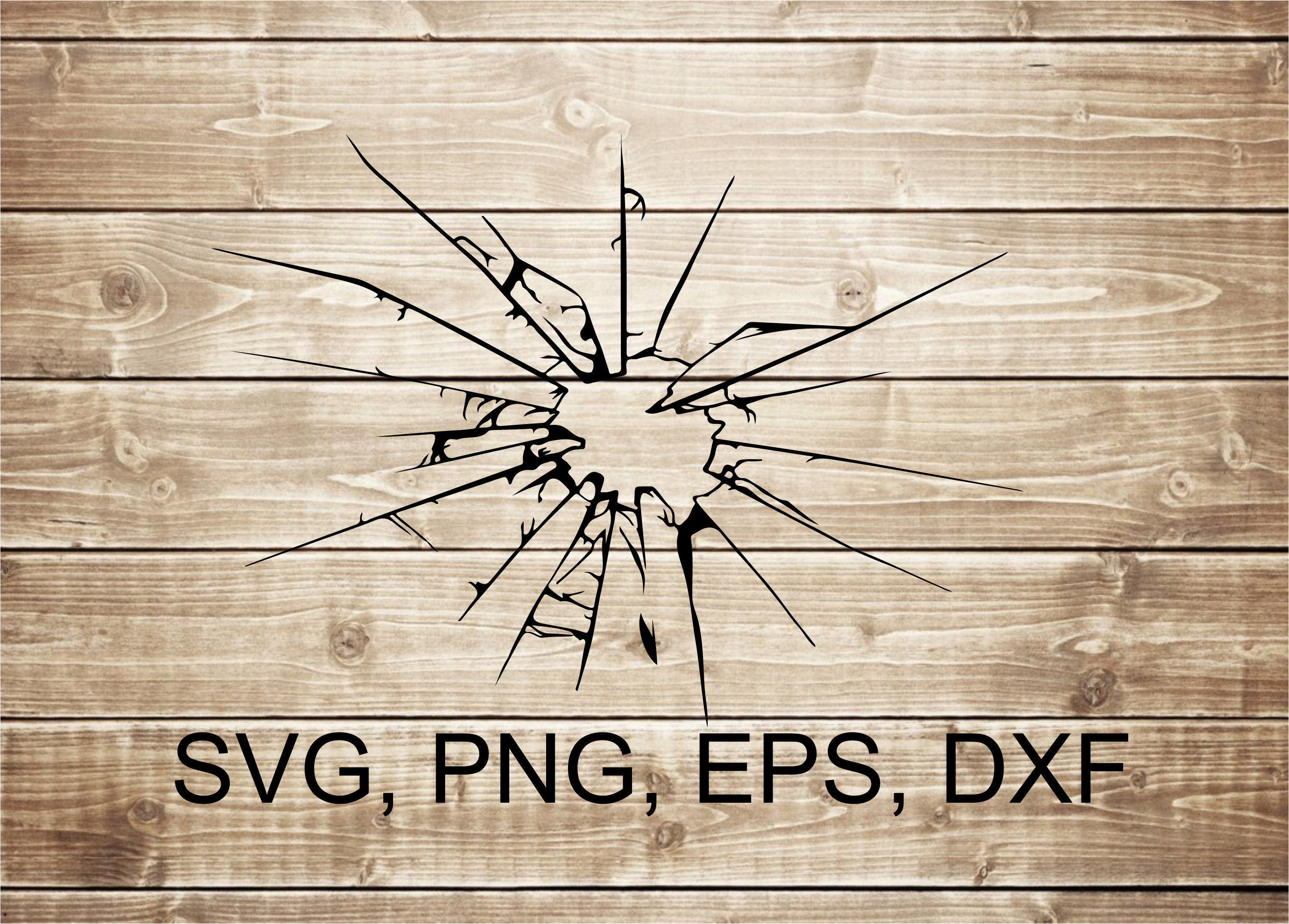

If possible, obtain and review the construction drawings and specifications including the reinforcement details and concrete cover to assist with the visual inspection and to better understand the possible causes of the cracks and the designed crack control provisions. For slabs-on-ground, measure contraction joint spacings and sawcut depths. Measure and record crack widths and lengths.Also, show other important elements such as joints, openings, penetrations, and restraints such as foundations, walls, columns, etc. Create a crack map showing the locations and characteristics of the cracks.At a minimum, do the following during the site visit: Ideally, a crack investigation should always start with a site visit and a detailed visual inspection. Restraints lock the concrete in place so that volume changes of the concrete (i.e., thermal and drying shrinkage) cannot occur resulting in tensile stresses within the concrete. For walls and elevated slabs, connecting concrete elements act as restraints that prevent volume changes of the concrete from occurring. Many cracks occur when early-age concrete is subjected to tensile stresses, especially concrete volume changes associated with restrained thermal contraction (cooling) or concrete drying shrinkage.įor slabs-on-ground, restraints include the base material and reinforcing if installed, and adjacent foundations and walls if not isolated from the slab with isolation joints. This category refers to the time period after hardening but prior to the concrete gaining full strength.

Because tensile capacity increases as concrete hardens and gains strength, a third category called “early age” exists. Typically, cracks are categized as “before hardening” while the concrete is still plastic and “after hardening” or after the concrete has hardened. Once the cause of the tension has been identified, the type of crack or a crack label can be assigned such as plastic settlement, plastic shrinkage, early-thermal contraction, restrained drying shrinkage which are common types of cracking. Kim BashamA crack investigation should determine the root cause of the tension (figure 1) so the cause can be considered when designing or performing crack repairs. Determining what caused the tensile stresses is the key to determining what caused the crack and assigning a label such as plastic-shrinkage, thermal, or drying-shrinkage crack, etc. Red arrows shown perpendicular to the crack simulate the tensile stresses that created the crack. Of course, the tensile capacity increases as freshly placed concrete hardens but while plastic and at early ages, concrete has little tensile capacity so it is very vulnerable to cracking.įigure 1. When the tensile stresses exceed the tensile capacity of the concrete (about 10% of the compressive strength), concrete cracks. Concrete is not a ductile material it will not stretch when subjected to tensile stresses. The tensile capacity of concrete is limited for both plastic or hardened concrete.

There are many types of cracks related to different causes but the shared cracking mechanism for all common cracks is tension. Here are some recommendations for troubleshooting concrete cracks prior to designing or performing repairs. More importantly, a proper investigation can determine if a crack is the first sign of serious trouble indicating the load-carrying capacity of the structure may be jeopardized by either a design, detailing, or construction error. Otherwise, repairs may not address the root cause of cracks resulting in poorly repaired cracks that fail prematurely or repairs that may not restore the as-designed condition of the structure. Regardless of what is required by the specifications, cracks should be investigated before designing or performing repairs, especially for elevated structures. That’s a fact.įor some projects, the specifications require cracks in concrete to be repaired and may specify a crack repair procedure or may simply require cracks to be repaired as directed by the engineer. However, crack-free concrete is seldom achievable, especially for standard unreinforced or reinforced concrete.īasically, concrete cracks.

For these reasons, designers, concrete producers, and contractors are always trying to control or minimize the amount and severity of concrete cracking. However, cracks may affect the appearance, function, durability, service life, or more seriously, the structural integrity of the concrete. Cracking is a natural, expected, and accepted behavior of concrete.


 0 kommentar(er)
0 kommentar(er)
